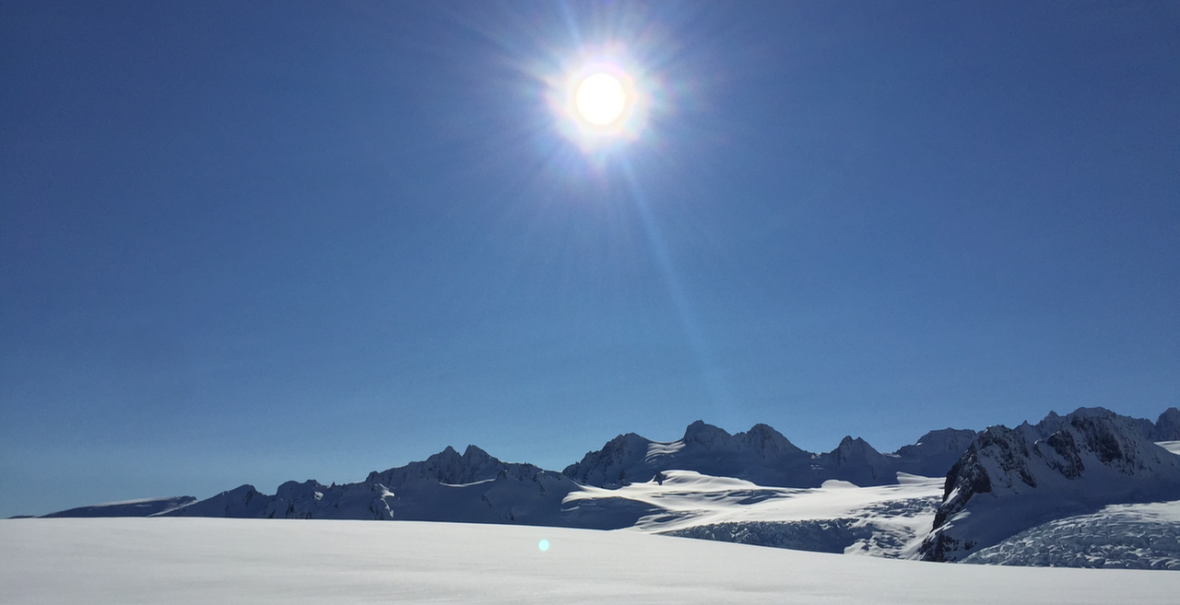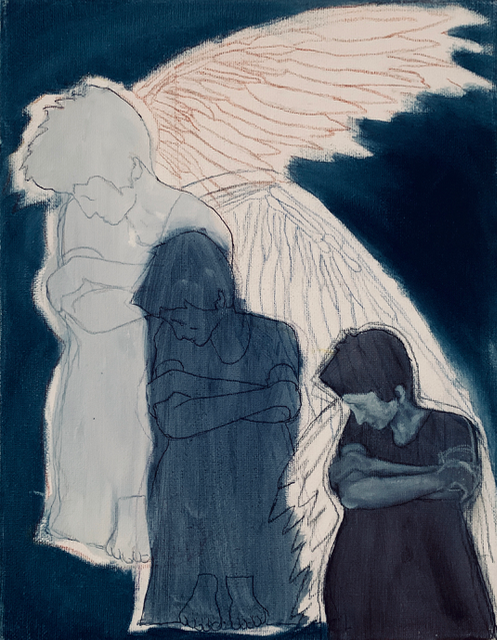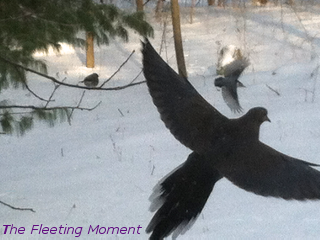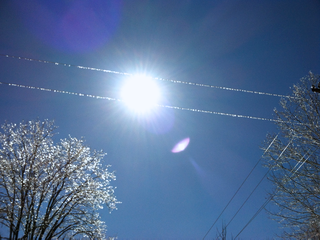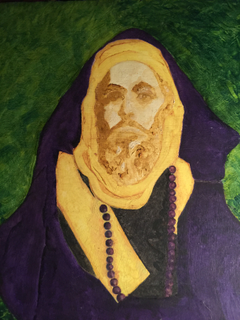The Shaman, mythologically, is torn into pieces by a higher power. This dismemberment is a process on the spiritual journey which leads eventually to transfiguration and wholeness.
This is reflected in many ancient spiritual traditions. For example, there is the Egyptian myth about Osiris, a symbol of death and resurrection. Osiris is killed by Set, his brother, and Set severs the body of his brother into 14 pieces which he then distributes throughout the world. Isis, the Divine Mother, and the wife of Osiris, journeys through the world to locate the pieces. She wraps them together in swaths of linen, and Osiris, through the process of resurrection is transformed into a new transfigured being.
What is this seemingly destructive process in which the the spiritual practitioner is torn apart? This image carries with it a tremendous sense of suffering. It gives the impression that the human being is a plaything of the gods. On a seemingly lesser level, in the experience of ordinary life, we are often tempted to ask, “Why, my God, must I suffer this?” The divine appears to me to be unloving in such a moment. Why must l be torn to pieces as part of the process of transformation?
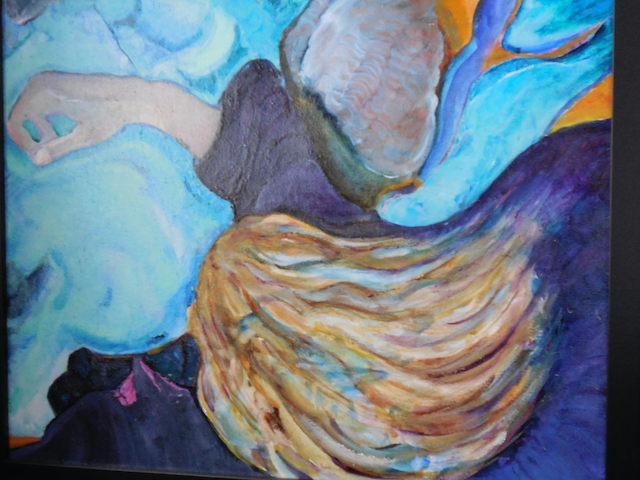
"The Wings Of Icarus Drop Away" Painting in Oil. Timothy J. Hellner © 2012
All Rights Reserved.
I suggest that identified, as we are, with our limited personalities, we are already fragmented. We are so divided in ourselves that we rarely experience union and wholeness except in those unique instances in which we truly give ourselves over in love—to another blessed human being, to the deep need of our neighbor, or to the Divine, itself.
When I truly come into the proximity of Higher Being, I see myself as I have been — fragmentary! I experience being torn apart, because I am already torn apart. The recognition of my identification with these partial and divided aspects of the self is excruciating — not because God demands more pain of me, but because holding these aspects apart in a state of disunion can only be done in an environment of fear, suffering, and limitation. When I truly see this fragmentation it hurts to the core because I have been living in, and holding myself in a state of painful separation from the recognition of my true nature and true Being.
When the recognition, truly “re-cognition”, occurs. One’s “Eye becomes Single.” One becomes transfigured, no longer fragmented, and no longer in a state of self-induced pain. The suffering that I have experienced in keeping my disparate parts compartmentalized is obliterated. I am not torn apart by the Divine. I am allowed to see, at last, that I had torn myself apart, and that all divisiveness is illusory. I find myself transformed in the recognition of Who I Am.
